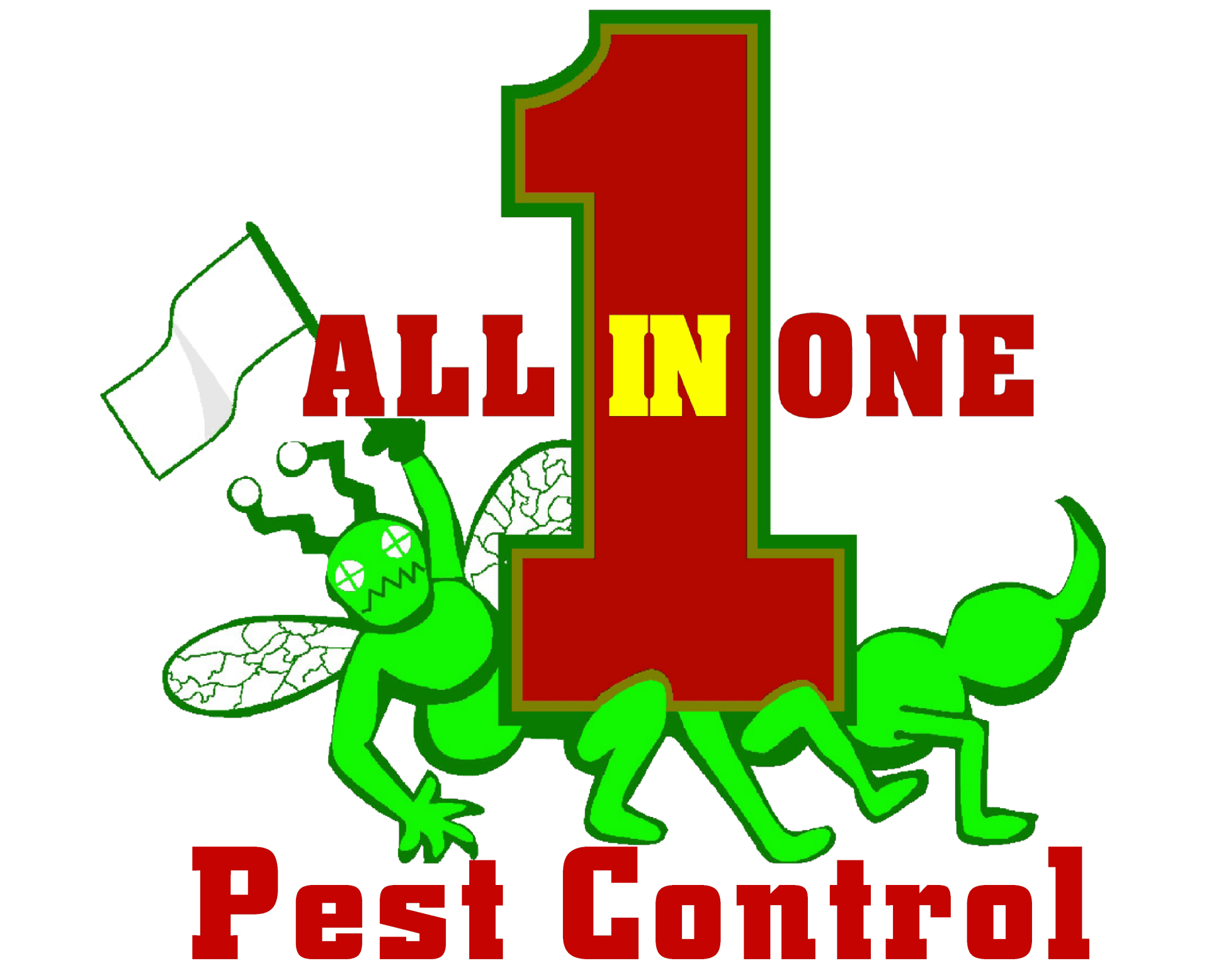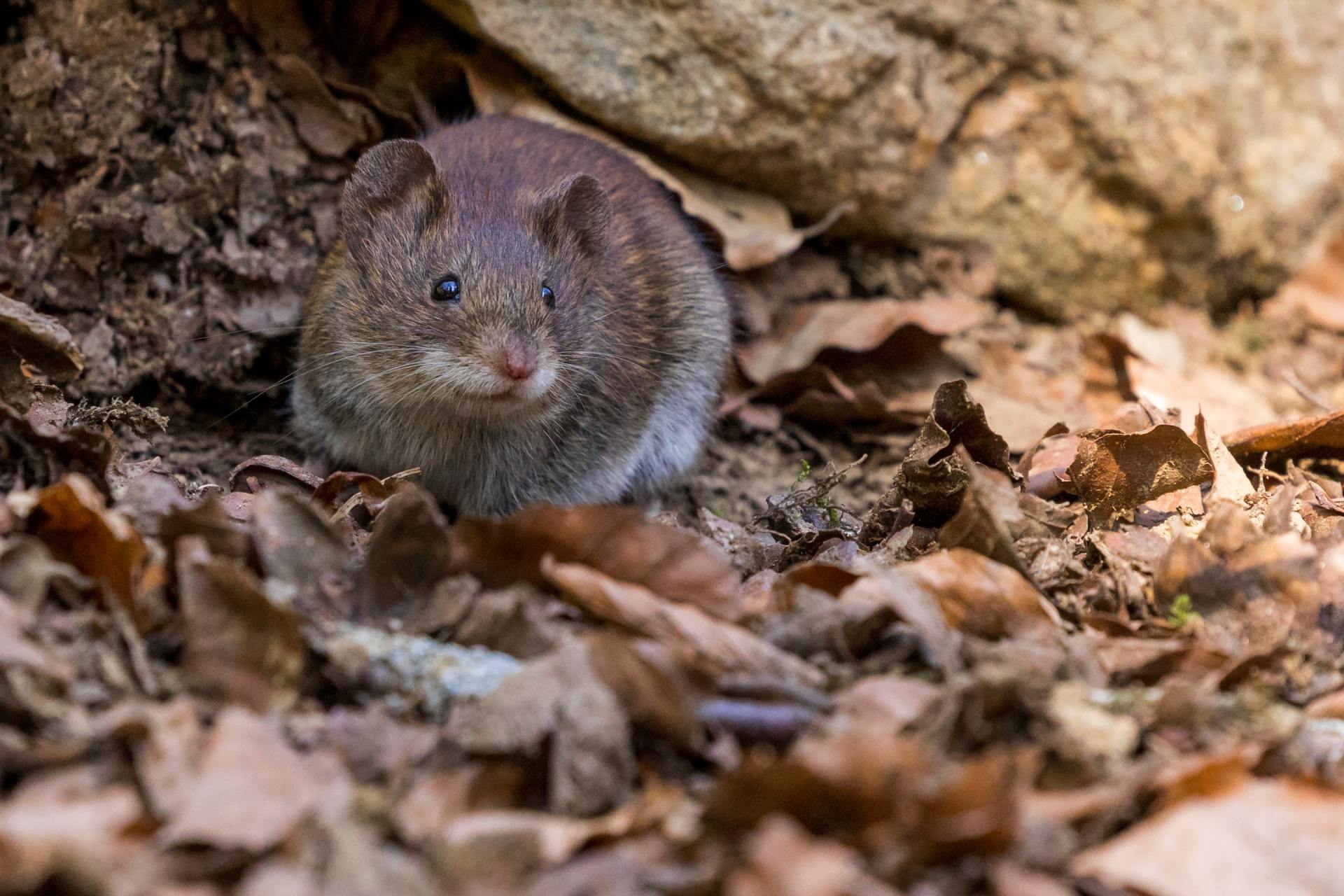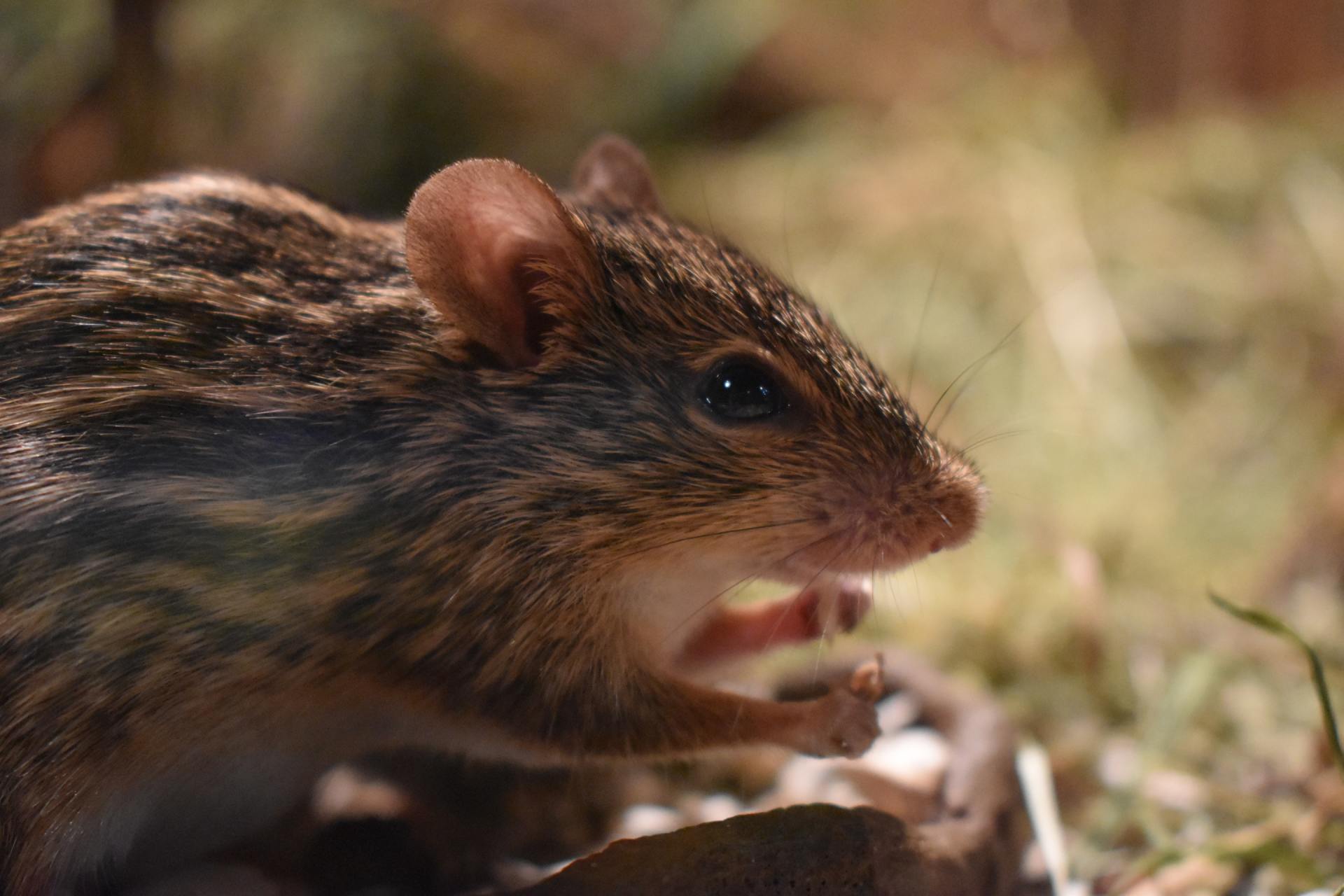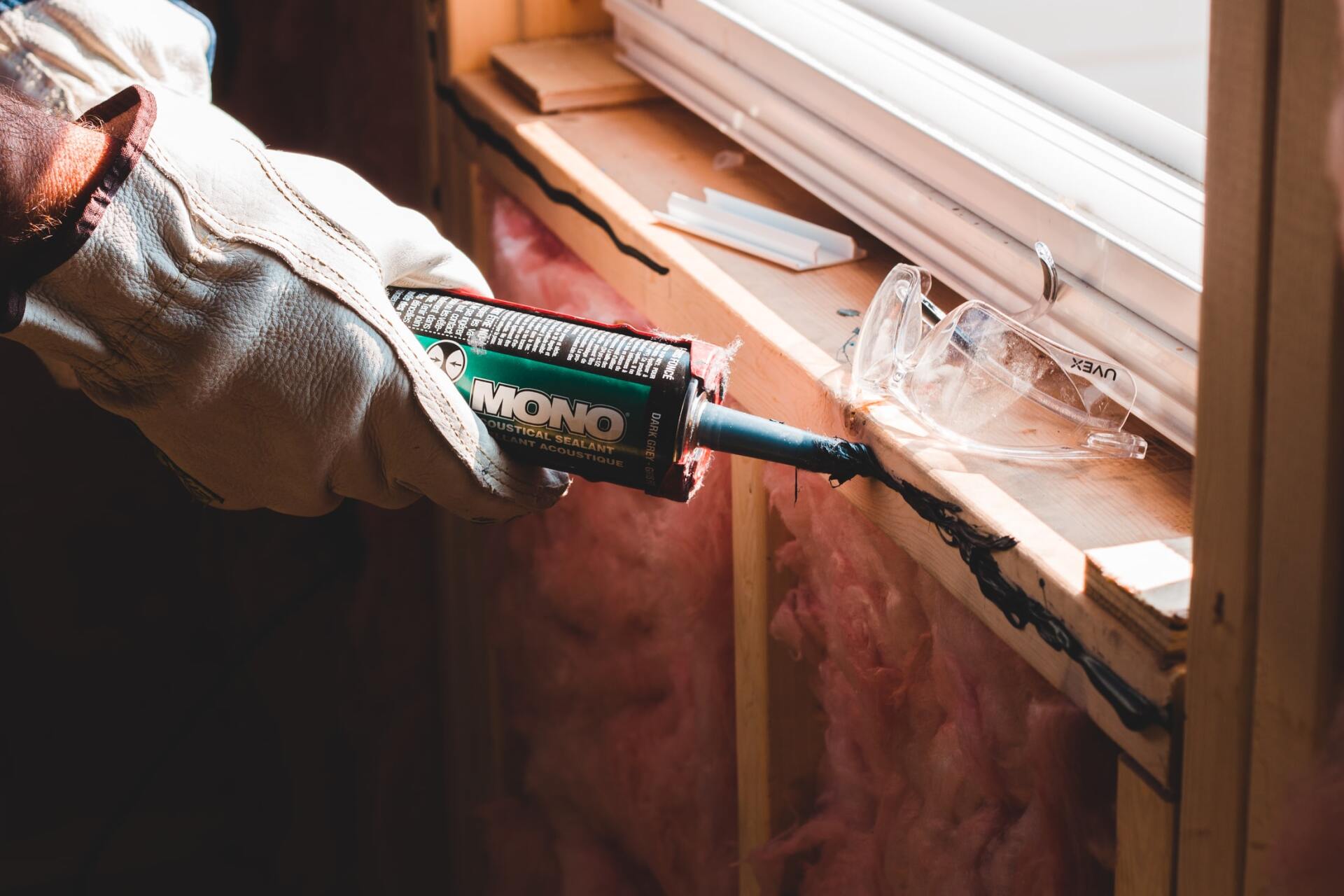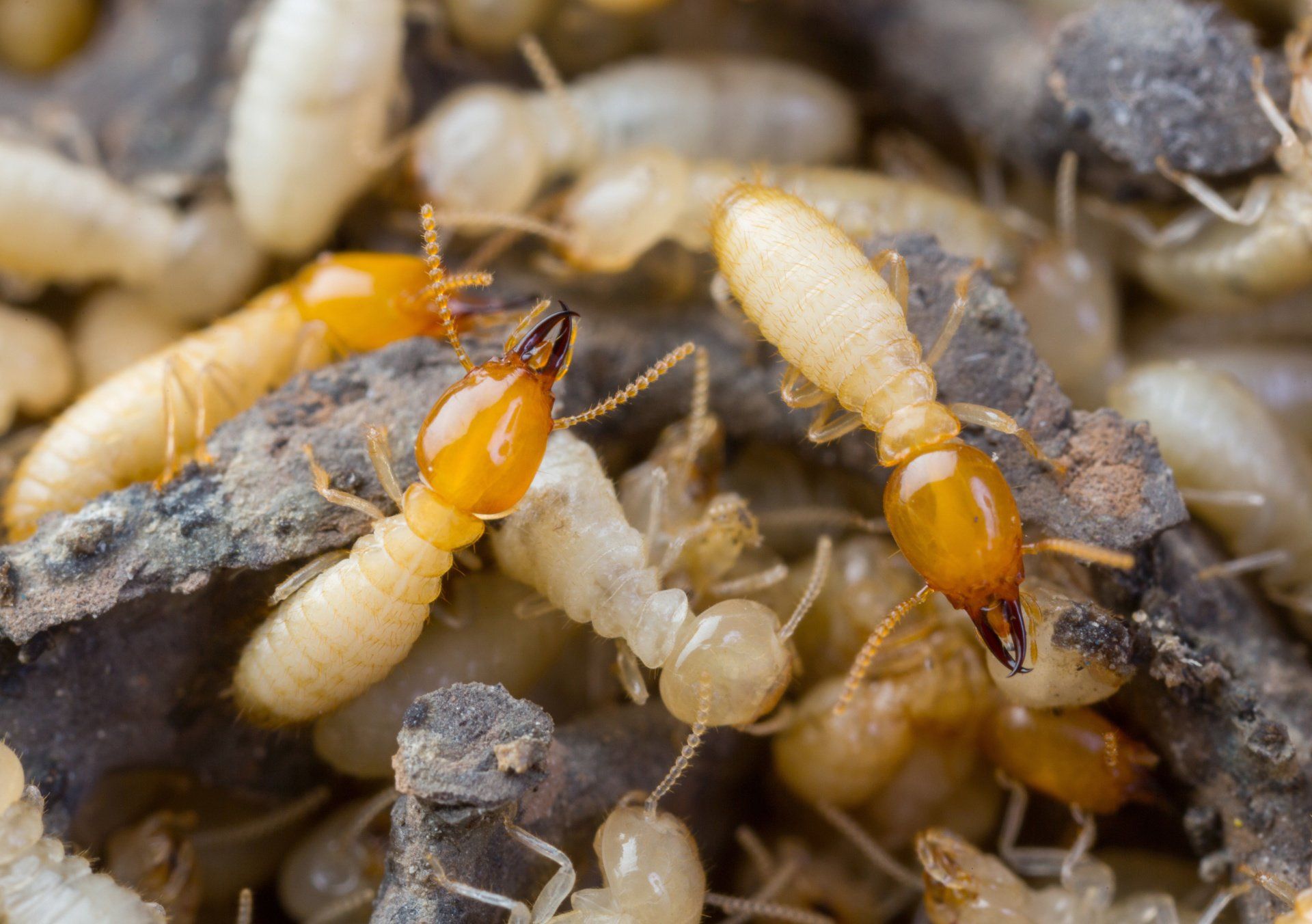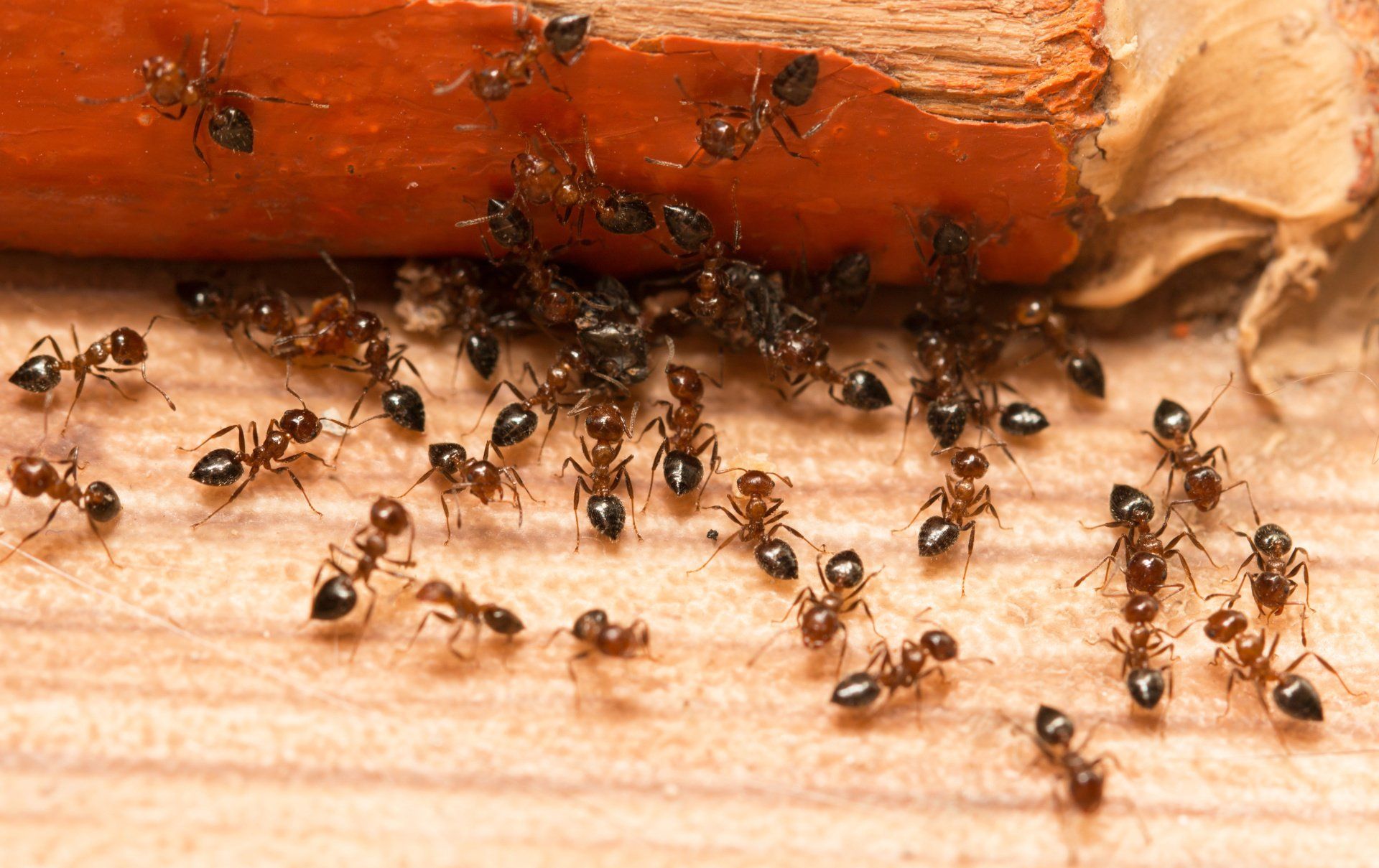Rodent Pest Control
All In One's licensed rodent exterminators will perform a thorough inspection of your property to develop the best rodent control strategy.
Rodent Extermination
Rodent control services are necessary as rodents cause over $20 billion in damages to homes, businesses, and agriculture every year in the United States. In addition to damages, rodents often carry disease and are capable at reproducing at an incredible rate, causing a small problem to become overwhelming in a short period.
At All In One Pest Control, our goal is to keep your Sacramento home or business free from Norway rats, roof rats, house mice, gophers, moles, and ground squirrels. These different types of rodents are common in the Sacramento area and are highly adaptable which requires their own pest management strategies. This is where All In One’s years of experience in dealing with rodents gives us an advantage over the rodents and our competition.
We have a strong understanding of how these rodents can enter your home, garden, or business so we can take preventative measure to stop the problem before it starts. Even if there is an existing rodent infestation, All in One has the tools and knowledge to ensure that we can eliminate the issue, guaranteed.
Rodent Control Program
Immediate Rodent Control
Types Of Rodents
Norway Rats
These brown rats are the biggest of the common household rodents and commonly known as sewer rats as they need a good amount of water to survive. These rodents will chew through just about anything in their path including drywall, wood, and metal.
Roof Rats
These black rats tend to find shelter in areas higher in elevation and are known to enter structures through branches that touch the roof of a building. They are the smaller of the 2 common household rat varieties but no less damaging.
House Mice
These tiny creatures are the smallest of the household rodents but can pose the largest health and property threats as they reproduce at incredible rates. They also can adapt quickly which make extermination challenging as they learn to avoid traps and baits.
Gophers
These rodents often cause serious problems outside of homes as they are burrowing creatures that can damage to underground utility cables, water lines, and irrigation systems. They are active year-round and can wreak havoc on gardens and agricultural businesses.
Moles
These rodents often cause serious problems outside of homes as they are burrowing creatures that can damage to underground utility cables, water lines, and irrigation systems. They are active year-round and can wreak havoc on gardens and agricultural businesses.
Ground Squirrels
These animals live in colonies that can easily get out of hand if not managed quickly. They burrow underground and generally feed on crops and gardens where food sources are plentiful.
All in One Rodent Pest Control & Rodent Removal Services
Rodent Management Strategies
Rodent Exclusion
This preventative measure is used for interior and exterior application and identifies and remediates any rodent access points into a home or business. This generally includes sealing foundation cracks, sealing exterior gaps, covering vents, and replacing weather stripping under doors. This is also integral to ensuring that once rodents are removed, they have no way of finding reentry.
Rodent Traps
There are a wide variety of rodent traps available including glue traps, snap traps, and live traps. Each rodent trap has their own benefits and are all highly effective when placed strategically in areas that are known for high rodent traffic.
Rodent Baits
Poison baits, known as rodenticides, are bait stations made of chemicals that are lethal for rodent types. All In One pest control specialists have been trained to utilize these methods in the safest and most humane way possible to ensure that rodent populations are successfully eliminated.
How Do I Know I have Rodents
10 signs that you might need rodent control
1. Musky Odor
The smell of rodent urine can be strong and leave a musky odor as it is generally used to attract mates. This is bad for multiple reasons including the spread of disease as well as the invitation for additional rodent in search of a mate.
2. Rotting Odor
This can be a sign that a rodent has died within the walls of your home and can be a major health hazard.
3. Rodent Feces
This is probably the most common indicator as rodent droppings are the most easily seen sign of an infestation. Like rodent urine, feces can also be another vector for disease and health hazards.
4. Entry Holes
Mice and rats will often chew threw baseboards and drywall to gain access to areas that will lead to food.
5. Odd Pet Behavior
Your pets have much better senses than humans so they will often act erratic in certain areas where rodents are present.
6. Tracks / Runways
Rodents will often use the same path so if there appears to be what look like tiny footprints in dust or grease smears along baseboards / rafters, this is usually an indicator that a rodent follows that path.
7. Nests
Shredded paper, cloth, and other soft materials that have been gathered in secluded areas is usually a sign that a rodent has taken shelter and created a home for itself. This is never a good sign as this is indicative of mating and reproducing.
8. Dirt Mounds
This indicator is for burrowing rodents that are found outside of a home but always points to a burrowing rodent problem.
9. Chew Marks
Rodents will chew through just about anything to get to their next meal. This includes everything from food packaging to drywall, plastic, metal, and wood. If you see gnaw marks, this is highly indicative that you may have a pest problem. Look for signs in areas like false ceilings and crawl spaces.
10. Scratching Sounds
Rodents are generally nocturnal and can be heard scratching at night in the walls.
Are Rodents A Threat
1.Rodents are a vector for disease and parasites and will often contaminate an infested area with urine and feces which can lead to diseased like hantavirus and salmonella.
https://www.cdc.gov/rodents/diseases/direct.html
2. Rodents have been known to bite humans which can lead to other diseases like rat bite fever and bubonic plague.
https://www.cdc.gov/rodents/diseases/direct.html
3. Rodents have been known to bring in additional pests like ticks, mites, and fleas that indirectly cause other diseases like lyme disease and typhus.
https://www.cdc.gov/rodents/diseases/indirect.html
4. Rodents can chew through electrical wiring which could prompt a short circuit or fire.
Rodent FAQs
Other Services
We offer solutions for all of you pest concerns.
